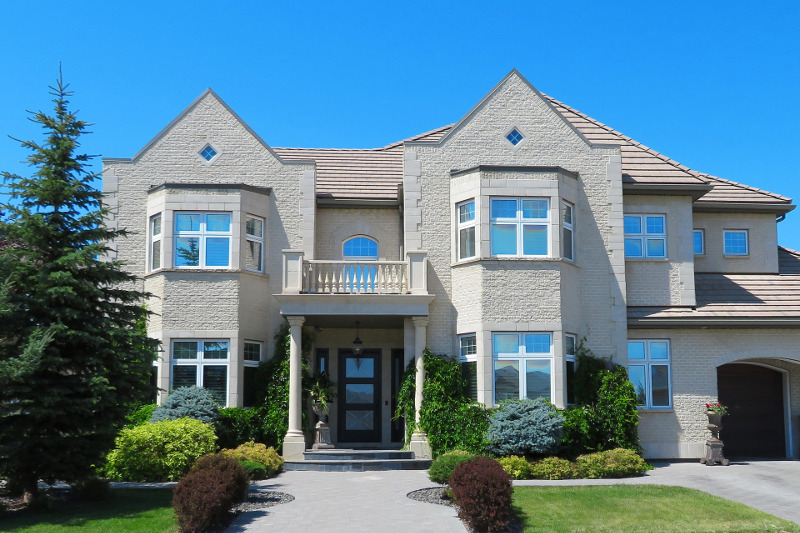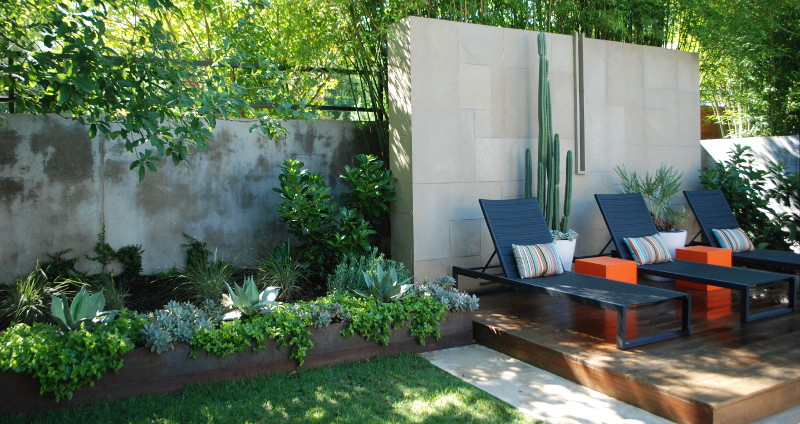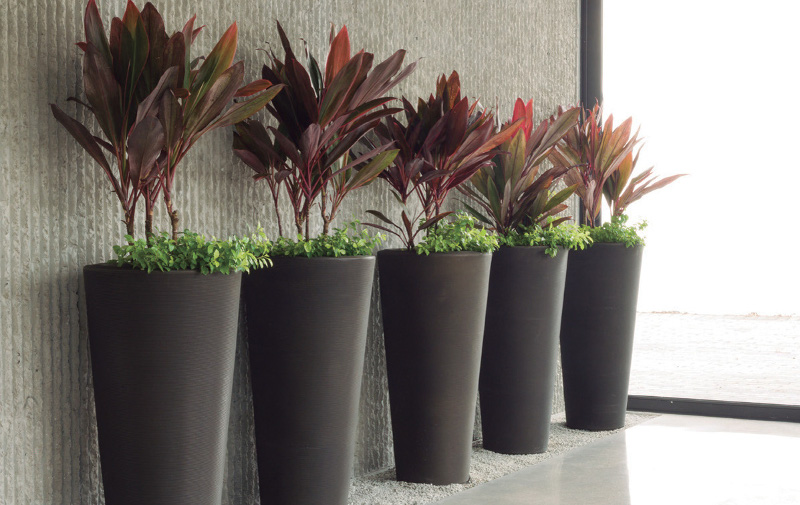When you love to garden, it is so easy to buy one of every plant you love. It's good to be surrounded by houseplants or outdoor plants that bring you joy; that's part of the reason people have plants! But it is far better to have a plan going in – either from a designer or from your own research and desire – so you can have several types of plants but pleasing design and easy maintenance!

Planting in Odd Numbers
A key concept in many types of design is the rule of threes, meaning items look better in a group of three (odd numbers). Odd numbers create appeal and help the eye move around. Picture a large bed with the same plant in a random, but odd grouping, sort of like a triangle. For example, you might plant a featured ornamental grass in three spots in the bed – near the front, back and middle, or from side to side. You even can include one in a container, so it's at a different height, but still part of the triangle. It's best if you don't measure or overthink this, especially if you want a natural look. Just place them far enough apart for the eye to catch the similarity.

Just the right amount of repetition (in threes) makes a stunning design. This was designed and built by B. Jane Gardens in Austin, Texas.
Using Similar Plants In Odd Numbers
Having an odd number of the same plant is one way to get the look you want. But you also can achieve the effect with similar flower colors, even though the plants are slightly different in height or texture. Other than in a wildflower meadow, having too many colors can begin to look cluttered or too unplanned. Create a dramatic monochromatic effect with different plants of the same color. For instance, place three or five pink plants together, perhaps complemented by a piece of art or container.
You also can use height to bring it all together – three tall plants scattered around a bed or yard, all of the same height.
So, consider the number 3 to be your friend in garden design. Planting five or seven of the same plant or color also can be effective, but it depends on the size of your bed or yard. Any more than that, and you've got a mass planting, which is an effective tool for large areas and especially effective with low groundcovers.
Design Tip: Five containers in a row is a nice design technique, even when repeating the same plant in each.
Planting in Even Numbers
It's not bad to plant in even numbers, especially if you want a formal or cottage look. Planting in two's works especially well for:
- Formal entryways, steps or sidewalks. A plant or container on each side can mark and beautify a structure. Boxwoods and other evergreens are perfect choices for a formal and year-round curb appeal effect.
- Trees to create shade and height.
- Edible plants that require two plants to pollinate and produce fruit.
- In select spots of your garden to complement another plant or hide a structure.
Just avoid planting 10 groups of 2 plants, and especially lining them up or spacing them evenly. This is more likely to give you a polka dot effect than a formal or natural one.

Planting Specimen Plants
Sometimes, one is all you need. Butterfly bushes or Rose of Sharon shrubs come to mind. One plant stands as a specimen, or feature, in your garden. Trees also make perfect singular plantings. Here are a few ways to use single plants:
- Adding a plant you love that holds attention on its own, especially year-round.
- Planting before a rock or boulder, where that single plant or its flowers really pop.
- Using a shrub to block or distract from air conditioning units or pool controls, etc.
- Adding pops of complementary colors or textures, as long as you don't have too many different plants.
Use many of the same concepts for planting in containers and for arranging pots on your patio or in your home. Most of all, don't stress about counting. Just decide what kind of style or look you want and buy the plants you can care for and will most enjoy.
 |
Author Teresa Odle - Published 02-29-2020 |
